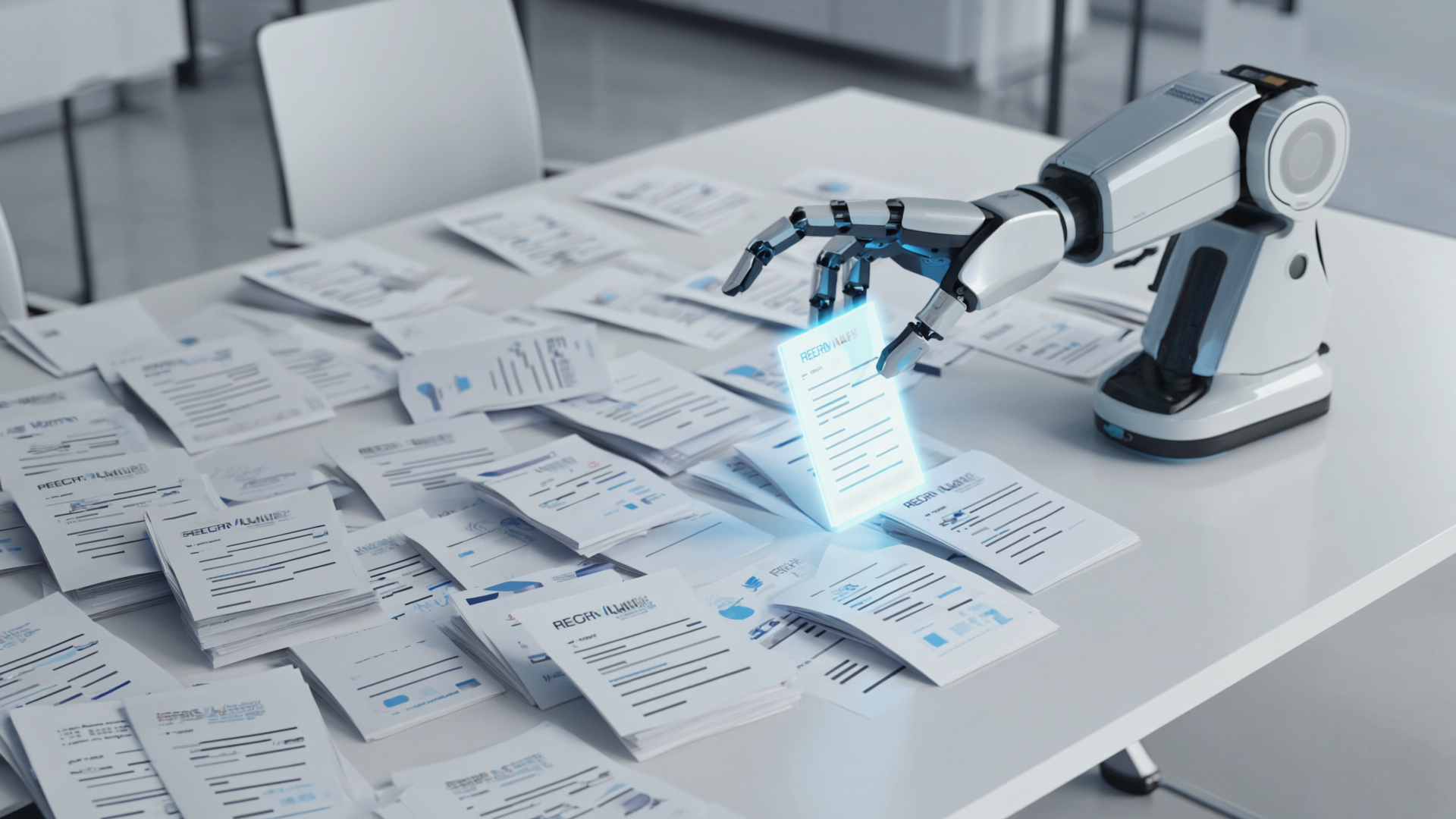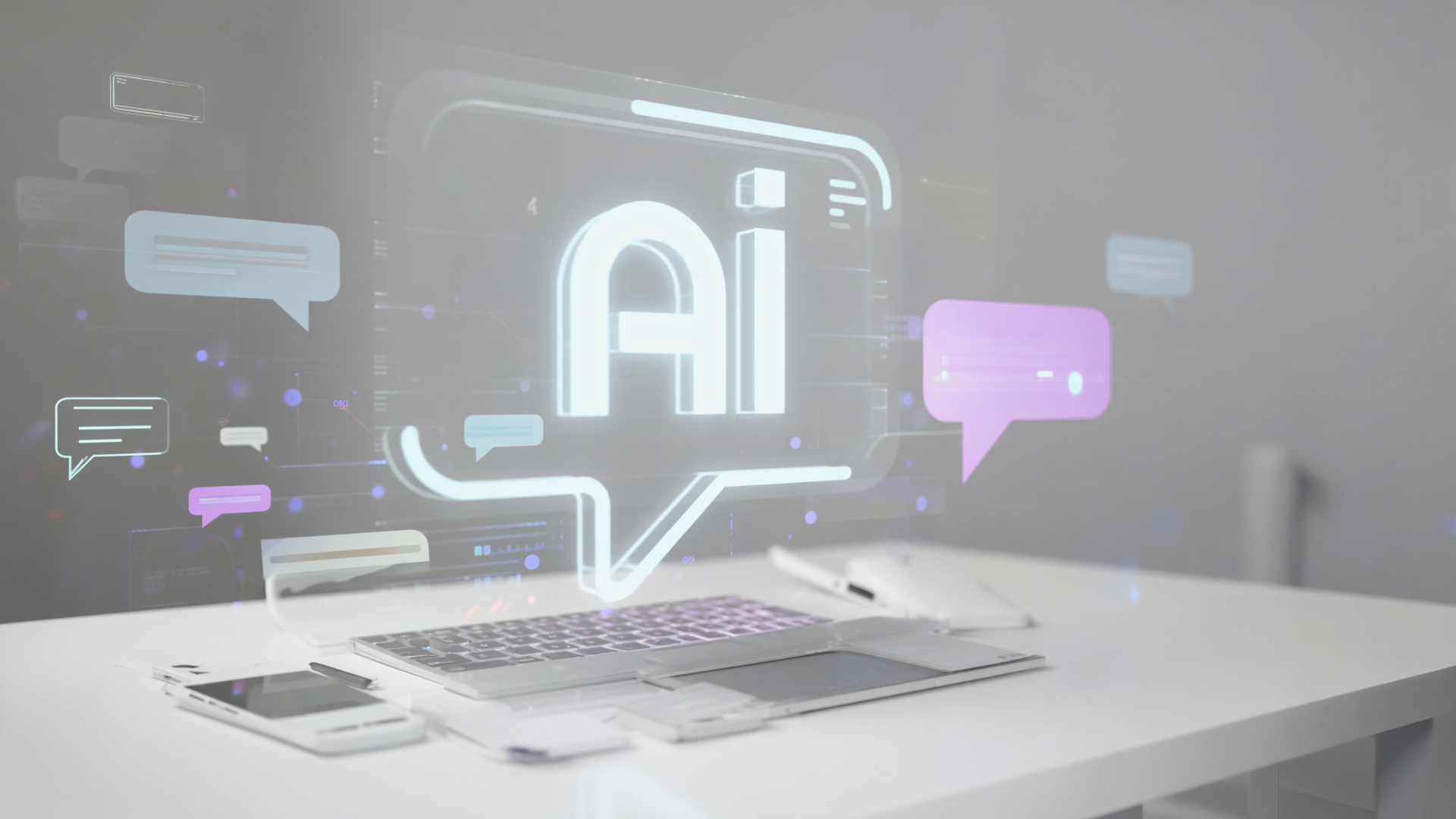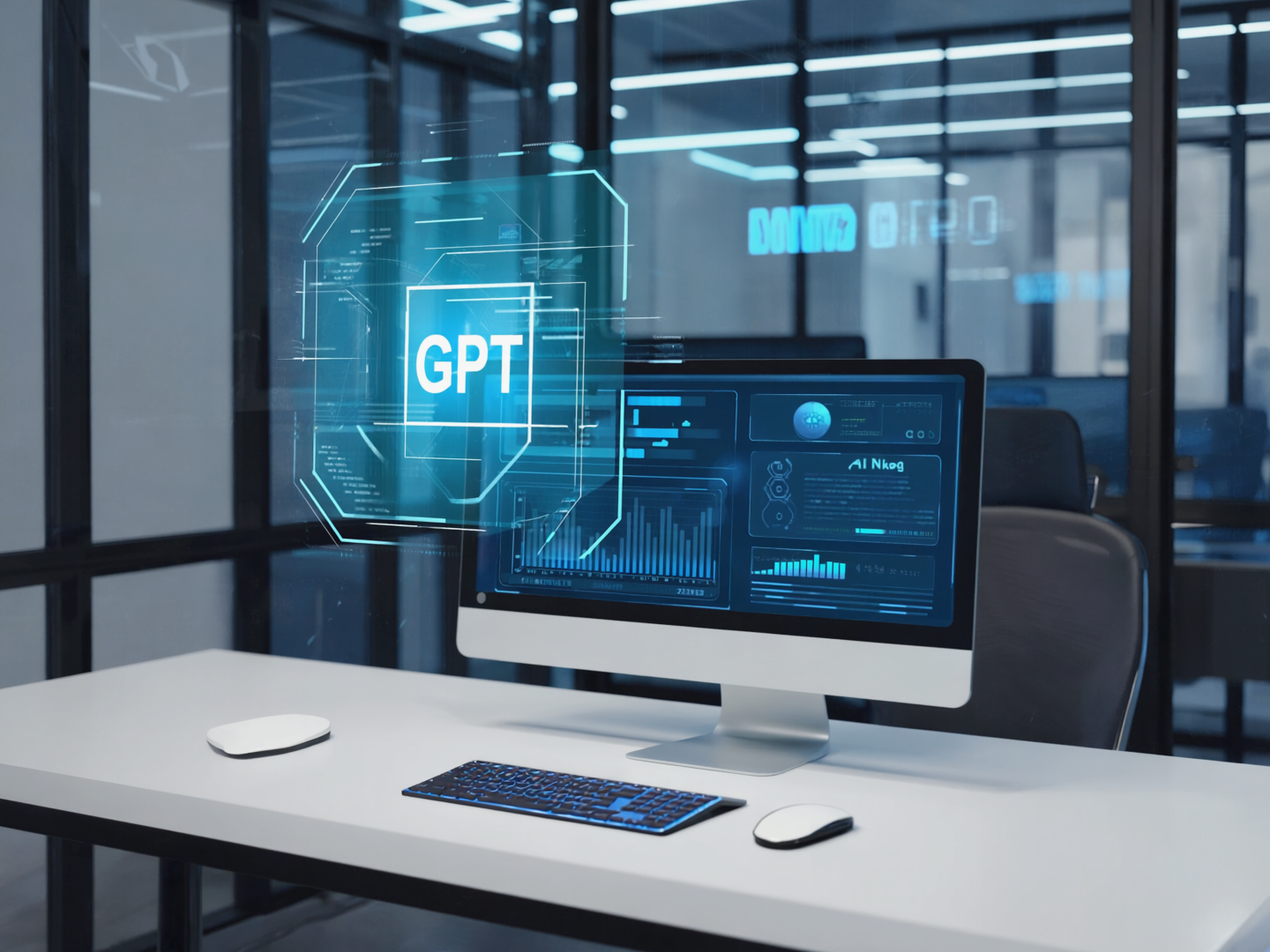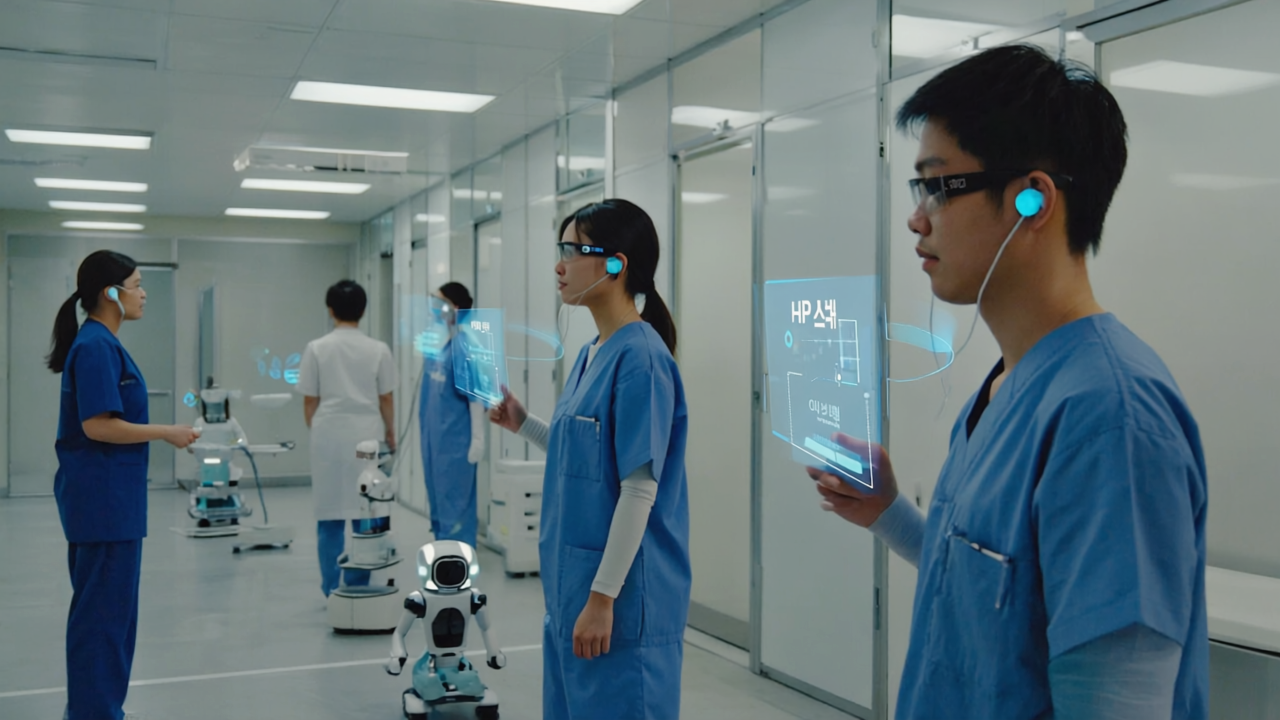
AI Agent and LangGraph: A New Era of Multi-Agent Orchestration
Introduction
In the ever-evolving landscape of artificial intelligence, the integration of multiple AI agents into cohesive systems has emerged as a game-changing development. This paradigm shift is exemplified by frameworks like OpenAI's Swarm and tools such as LangGraph, which facilitate the seamless collaboration between AI agents to achieve complex objectives. These innovations are not just theoretical but are actively reshaping how businesses and developers approach AI-driven solutions. Understanding the implications and applications of these technologies is crucial for anyone involved in the AI industry.
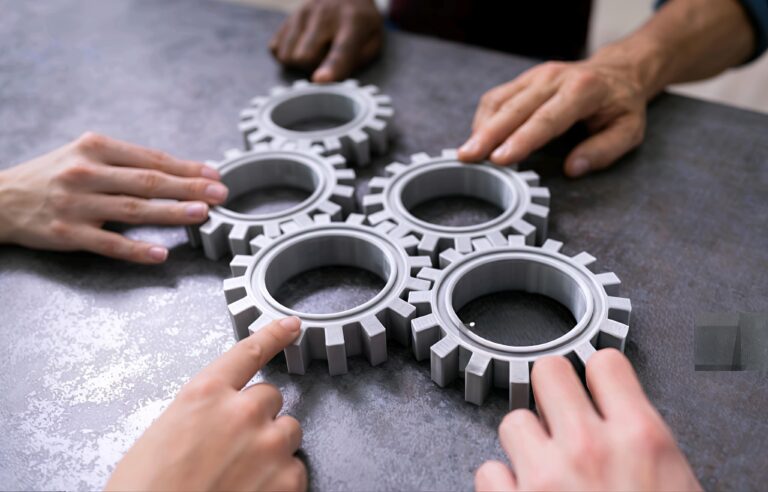
Key Points and Analysis
OpenAI Swarm stands out as a pioneering effort to enable multiple AI agents to work together efficiently. Unlike traditional AI applications where a single agent might handle a task, Swarm allows for a more dynamic and distributed approach. Agents can perform handoffs, leverage tool calling, and engage in message flows to tackle multifaceted problems. This orchestration requires meticulous tracking of interactions, tool usage, and completion sequences, which can become complex very quickly.
Enter MLflow's OpenAI autologging, a solution that offers built-in tracing support, simplifying the monitoring of these multi-agent systems. With a simple line of code, `mlflow.openai.autolog()`, developers can gain complete visibility into their Swarm agent systems. The MLflow UI provides detailed traces of each interaction, tool call, and completion, allowing for an intuitive understanding and debugging of complex agent networks. This transparency is invaluable, particularly when visualizing the sequence and timing of agent handoffs, thereby enhancing the reliability and efficiency of multi-agent systems.
Furthermore, LangGraph complements these capabilities by providing a structured approach to designing and visualizing workflows in AI systems. It enables developers to map out the interactions and dependencies among agents, ensuring that the overall system functions cohesively.
Industry Impact and Applications:
The implications of these advancements are profound across various industries. In healthcare, for example, multi-agent systems can facilitate personalized treatment plans by integrating data from multiple sources and specialists. In finance, AI agents can collaboratively analyze market trends, manage portfolios, and execute trades with unprecedented accuracy and speed.
Moreover, in the realm of autonomous vehicles, a network of AI agents can work in concert to navigate complex environments, enhance safety, and optimize routes. The entertainment industry can also leverage these technologies to create more interactive and immersive experiences, where AI agents dynamically adapt to user preferences.
Future Implications:
As these technologies continue to evolve, the potential for even more sophisticated applications is immense. The development of intelligent networks where AI agents can self-organize, learn from each other, and adapt to new tasks autonomously is on the horizon. This could lead to the creation of AI ecosystems capable of addressing global challenges, from climate change to resource management.
The collaboration between AI agents and human operators will also likely deepen, leading to hybrid systems that combine the strengths of both. This synergy could redefine job roles and create new opportunities for innovation and efficiency across sectors.

Conclusion
The advent of multi-agent orchestration frameworks like OpenAI Swarm and tools like LangGraph marks a pivotal moment in the field of artificial intelligence. By enabling AI agents to work collaboratively and transparently, these technologies are unlocking new possibilities for innovation and problem-solving. As industries begin to harness the full potential of these systems, the impact on society promises to be transformative. Staying informed and adaptable in this rapidly changing landscape will be key to leveraging these advancements for meaningful progress.
aecenas sollicitudin purus id leo vehicula lacinia quam vulputate dapibus fermentum metus, nec euismod nulla dapibus nasac metus nunc rabitur euntum
